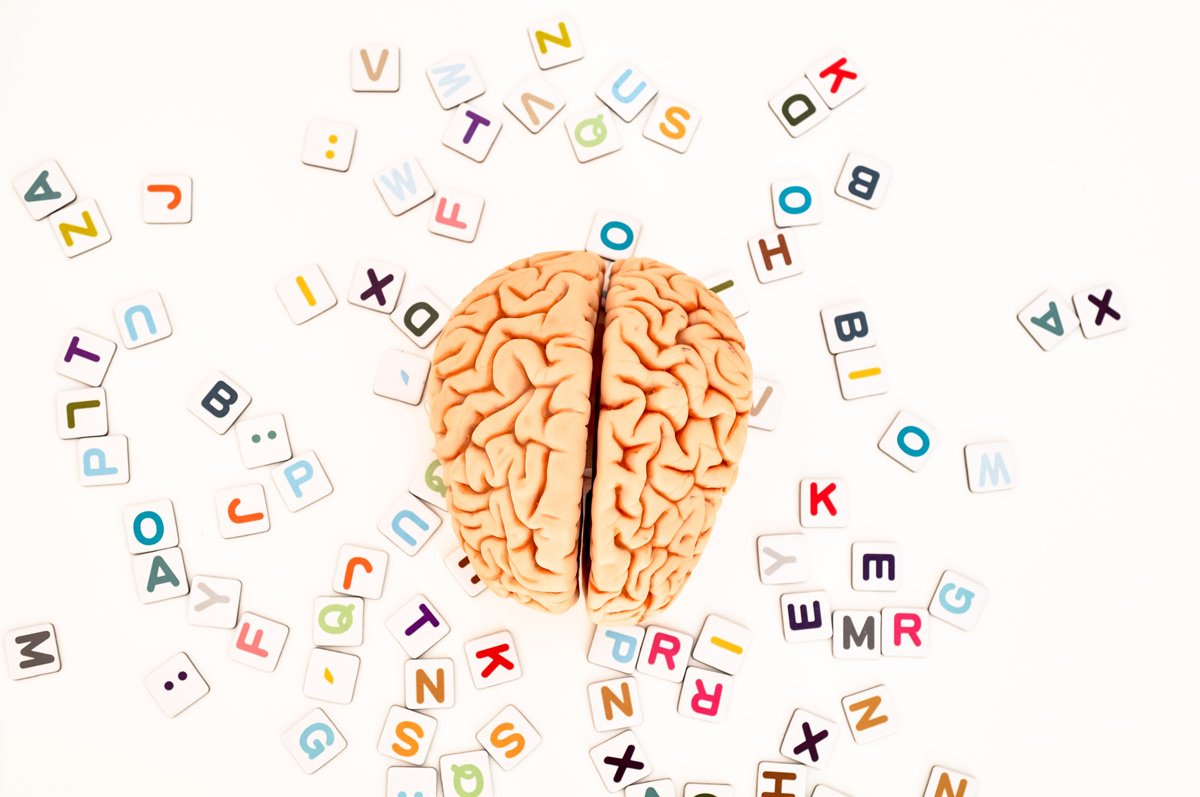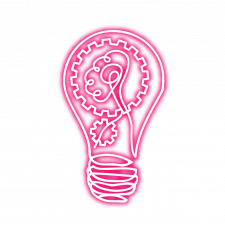Auditory Processing Disorders (APD), also known as Central Auditory Processing Disorders (CAPD), is well-known among professionals, and there is now an increased awareness among parents.
Several questions surround APD:
- How is it detected?
- What causes it?
- How is it managed or treated?
It is estimated 3 to 5 percent of school-aged children suffer from this type of hearing disability.
The child with Auditory Processing Disorder (APD) has a malfunction in how the brain interprets what is being heard, impacting hearing-related tasks.
It’s important to understand APD is not a hearing impairment…it is a processing disorder.
APD happens when our ears and brains do not work harmoniously. There is a conflict with the brain’s ability to identify and understand sounds, particularly speech.
APD is a disorder affecting the way speech is processed by the brain despite the volume.
Sounds may seem loud and clear to most people; however, those with APD misinterpret subtle differences between the sounds.
For example, a person with APD cannot recognize differences in words like ship and chip or phrases like “Look at the cows over there” They may hear, “Look at the clown on the chair.”
Children with attention, linguistic, and learning challenges, such as dyslexia and ADHD, are more likely to have APD.
Auditory Processing Disorder Symptoms
The symptoms of auditory processing disorder differ depending on the children’s development and its specific case. A few of these symptoms are listed below:
- Following oral directions are complex, particularly if they are multi-step directions.
- Asking someone to repeat what they have just said.
- Difficulty recalling what was just said or what they just read;
- Locating the source of sounds.
- Has difficulty following written instructions.
- Failure to notice slight tonal shifts.
- Reading and spelling are widespread obstacles.
Children may have difficulty with the following four auditory processing skills:
#1 Auditory discrimination
Auditory discrimination refers to the capacity to recognize and discriminate between unique and independent sound sources. One may overlook information or misinterpret words others are saying because the processing connections are wired differently. For example, a student may confuse identical sounds since he cannot distinguish the sounds. As a result, it is more challenging to learn how to read, write, spell and communicate.
#2 Auditory figure-ground discrimination
Auditory figure-ground discrimination is when someone has difficulty comprehending speech in a noisy setting. When there is background noise, music, or speech babble, someone with APD may find noisy, loosely organized, or open-air classrooms particularly frustrating.
#3 Auditory closure
Auditory closure happens when a speaker’s speech is excessively rapid or muffled, making it difficult for someone to make sense of what is said. The person with auditory closure will miss some of the words said and will be unable to fill in the gaps making it difficult to comprehend the general message and nearly impossible to recall details.
#4 Auditory sequencing
Auditory sequencing is having an understanding and memory of sounds and words in their proper arrangement.Those with APD often confuse 84 and 48. One may also change the order of the sounds in a word, for example, ephelant instead of elephant. They may even have difficulties memorizing material provided in lists and following directions in order.
Causes of Auditory Processing Disorder
The reason for APD is often unknown. It can result from head trauma, lead poisoning, neurological condition, or persistent ear infections. There can be more than one reason in some situations.
However, some factors leading to APD are as follows:
- Complications at birth time: Premature delivery or low birth weight may be the primary cause of this disorder.
- Head Injury: In some instances, the condition is attributed to brain damage caused by a head injury or stroke and a brain tumor or meningitis.
- Genetics: Early hearing issues, like glue ear, may cause certain occurrences of hearing loss in children. There is a possibility that it’s caused by a defective gene since some cases run in families.
Auditory Processing Disorder Diagnosis and Testing
Auditory processing problems can be challenging to identify since the behavior can resemble a person with attention, memory, or learning difficulties.
The student who needs to have things repeated or who doesn’t seem to understand directions in a busy environment may appear to have a hearing problem.
Generally, children with auditory processing disorders are not identified until after they start school because the difficulty in learning to read and spell is observed. Diagnosis is crucial.
Once this happens, treatment can begin as well as accommodations implemented in the classroom.
In general, APD is identified by Neuropsycholists who administer assessments evaluating cognitive/learning, which can reveal auditory processing issues. Once this happens, more in-depth testing may be conducted by an audiologist.
They perform several sophisticated auditory tests where the child listens to numerous sounds and then responds by pressing a button or repeating the sounds.
The doctor also may place painless electrodes to the child’s ears and head to evaluate how his brain responds to sounds.
Moreover, children with auditory processing disorders are difficult to diagnose before the age of seven partially because a child’s hearing and processing skills are not fully developed until then.
Nature of Tests
Multiple brief tests such as listening to words and phrases and repeating them to an audiologist constitute an auditory processing assessment.
The audiologist employs technology that adds background noise or plays words and sounds simultaneously to make words and sounds challenging to understand.
In conjunction with speech pathologists, therapists, and the child’s teachers, an audiologist can diagnose an auditory processing disorder..
Auditory Processing Disorder Treatment
In the field of audiology, auditory processing dysfunction is considered a life-long disorder.
For APD, treatment comprises of educational interventions, home modifications, and training programs that reorganize and enhance the way the brain perceives sounds.
In terms of APD, there is no magic pill or quick remedy; however, there are utilized treatment techniques and strategies to be followed:
Auditory Training
Auditory training is the most important among the therapy options for APD. A greater understanding of sounds is possible with a program’s assistance.
Educational therapy sessions with a trained professional can be either in person or online.
Typical activities include recognizing distinctions in sounds or sound patterns, establishing where a sound originates, and concentrating on certain sounds in the presence of background sound. Identifying sounds with the feelings in one’s mouth is helpful as well.
There are many different programs that help remediate APD. It is absolutely possible to retrain the pathways in the brain and create compensation strategies to help someone with APD.
Educational Educational Therapy
Children with APD have difficulty distinguishing among similar sounds. An educational therapist can assist them.
An educational therapist can assist children in developing their understanding of phonemes in words, which can help them with reading, spelling, develop active listening skills, and utilize appropriate communication in various contexts, among other abilities.
Compensatory Strategies
There are compensatory techniques to improve memory, attention, and problem-solving skills.
It is also possible to use visual aids to organize information and to incorporate memory techniques like mnemonic devices into your compensatory efforts, graphic organizers for writing, and active listening strategies.
Environmental Modifications
Making modifications to the child’s environment may help him cope with APD. Changing furniture to reduce noise, such as using carpet rather than concrete flooring, are examples of environmental modifications.
Frequency Modulation
A remote microphone system, formerly known as frequency modulation (FM), is one typical physical accommodation.
The child puts a wireless receiver on their ear or a speaker box, while the person conversing wears a small microphone transmitter. With this technology, a speaker’s voice is amplified over background noise, making it easier for a child to hear and comprehend.
Help by Teacher
Teaching staff unfamiliar with audio processing disorder or how it affects learning is essential.
As a result of this knowledge better understanding of the disorder is gained, allowing teachers to be more empathetic to the situation and making accommodations in the classroom.
Teachers can assign children to seats strategically (or preferentially) to be nearest to the person speaking. In addition, pre-teaching new concepts, using visual aids, recording lessons for review, and computer-assisted programs are helpful for students with APD.
Parents and instructors must understand and accept that their child’s APD symptoms are severe and real. A child’s APD symptoms and actions are beyond their control. Help from loving adults will diagnose the APD-related difficulties, and teachers implement measures advised for home and school.
The FM (frequency modulation) system can assist the child hearing teachers more effectively using electronic equipment.
Educators can also recommend strategies to help students focus their attention, such as sitting near the front of the class and minimizing background noise.
Conclusion
Several people who suffer from APD report that their symptoms progressively improve because they acquire the necessary abilities to handle it.
Even though some students may require more aid and support in the classroom, they may achieve the same level of success as their peers.
By no means does an auditory processing disorder mean a child will go up to be a successful, happy adult.
Stay empowerED,
Nicole
Sources
Seladi-Schulman, J. (2020, January 27). Auditory processing disorder: Symptoms, diagnosis, treatment. Healthline. https://www.healthline.com/health/auditory-processing-disorder#about.
Central auditory processing disorder. intermountainhealthcare.org. (n.d.). https://intermountainhealthcare.org/services/pediatrics/services/rehabilitation/services/central-auditory-processing-disorder/.
Riegner, T. L. (Ed.). (2021, February). Auditory processing disorder (for parents) – Nemours kids health. Kids Health. https://kidshealth.org/en/parents/central-auditory.html.
Caroline Miller is the editorial director of the Child Mind Institute. (2020, July 9). What is auditory processing disorder? Child Mind Institute. https://childmind.org/article/what-is-auditory-processing-disorder/.
Borgia, S. A. (n.d.). Auditory processing disorder: Symptoms, cause, and treatment. WebMD. https://www.webmd.com/brain/auditory-processing-disorder.
Manon, G., 2012, September 5. Auditory sequence analysis and phonological skill. Proceedings of the Royal Society B: Biological Sciences. https://royalsocietypublishing.org/doi/10.1098/rspb.2012.1817.
Rodden, J. (2021, February 5). How to treat auditory processing disorder. Attitude. https://www.additudemag.com/how-to-treat-auditory-processing-disorder/.






